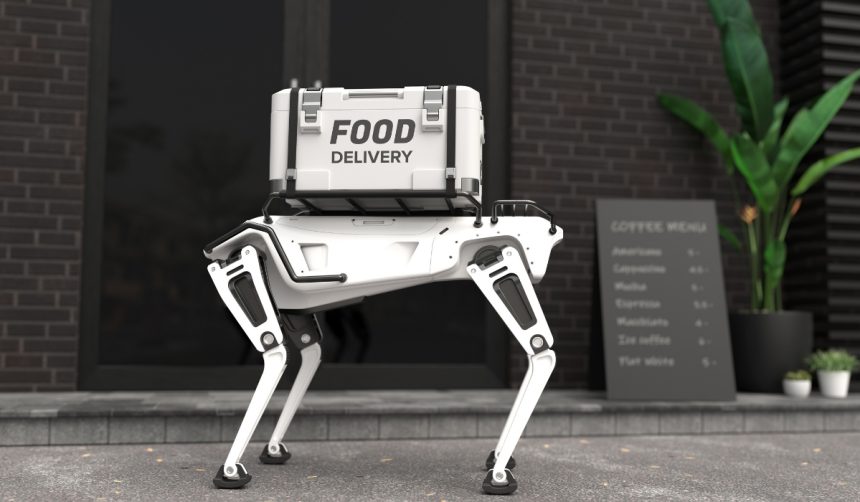As companies look for efficient ways to automate operations, the need for comprehensive support systems has become more urgent. Holman, a Mount Laurel-based automotive services provider, has introduced its new division, Holman Robotics, aiming to reduce complexity in robotics deployment and management for businesses of varying sizes. Many chief financial officers express concerns over high upfront expenses and operational disruptions when introducing automation, often resulting in slow adoption rates. Holman Robotics arrives at a time when companies increasingly seek integrated solutions that simplify these hurdles, hoping to bridge the gap between technical innovation and accessible implementation.
Other recent reports about automation management have mostly focused on hardware advances and integration partnerships rather than a consolidated service model. While firms like ABB and Boston Dynamics have showcased technology partnerships or financing alternatives, few have introduced complete end-to-end offers with centralized oversight, financing, and lifecycle services as a single package. Holman’s model appears to place stronger emphasis on unifying vendor relationships and financial flexibility, which distinguishes it from previous point solutions, though market adoption of such all-in-one services is still developing.
What Solutions Does Holman Robotics Provide?
Holman Robotics designed its service to merge system design, funding options, and end-to-end asset management under one structure. The division works both as an advisor and provider, creating customized robotics solutions with curated technology partners spanning various industrial sectors. By including flexible financing, businesses can convert capital expenditures into manageable operating costs, promoting broader robot adoption. Holman Robotics also consolidates management with a centralized digital platform, allowing companies to monitor operations, optimize tasks, and base strategic decisions on real-time insights.
How Does Its Model Address Business Challenges?
The company argues that robotics bring significant advantages but that market barriers such as high start-up costs and a maze of vendor choices often complicate decision making. Chris Conroy, CEO of Holman, stated,
“Robotic automation can transform a company’s operations, boost efficiency, and reduce expenses, but high upfront costs, technical complexities, and an overwhelming network of vendors often slows adoption. Holman is ready to change that.”
The division aims to streamline the process, easing the burden of managing multiple suppliers by acting as a single point of contact for support, maintenance, and upgrades throughout the technology’s lifecycle.
Which Industries Can Benefit from the Service?
The initial focus for Holman Robotics includes industries such as warehousing, manufacturing, agriculture, security, and cleaning. At the Pittsburgh Robotics & AI Discovery Day, Holman demonstrated platforms like the Burro agricultural robot, Ghost quadruped security robots, and various autonomous mobile robots (AMRs) for logistics. Foster from Holman highlighted the growing need for such offerings:
“As a growing number of businesses embrace robotic assets across a variety of industrial applications – warehousing, manufacturing, sorting, security, cleaning – there is clear need for a simplified solution to effectively deploy and manage these units.”
Moving forward, Holman Robotics will engage with technology partners and original equipment manufacturers (OEMs) to tailor its services to client-specific needs. By centralizing operational data and bringing expert design guidance, the company addresses not only adoption barriers but also long-term operational efficiency. Joe Henry, vice president of robotics at Holman, explained the intention to equip financial leaders with actionable insights, enhancing the case for automation investments.
Holman Robotics’ approach stands apart by consolidating a fragmented market into a cohesive offering, meeting the growing demand for simplified automation. For businesses considering robotics, streamlining financial and logistical management can significantly reduce the risk of costly downtime or inefficient deployments. Readers interested in industrial automation should recognize that unified management packages can enable quicker scaling of robotic fleets, reduce vendor management burdens, and support data-driven decisions, especially as operations become more reliant on real-time system integration.








